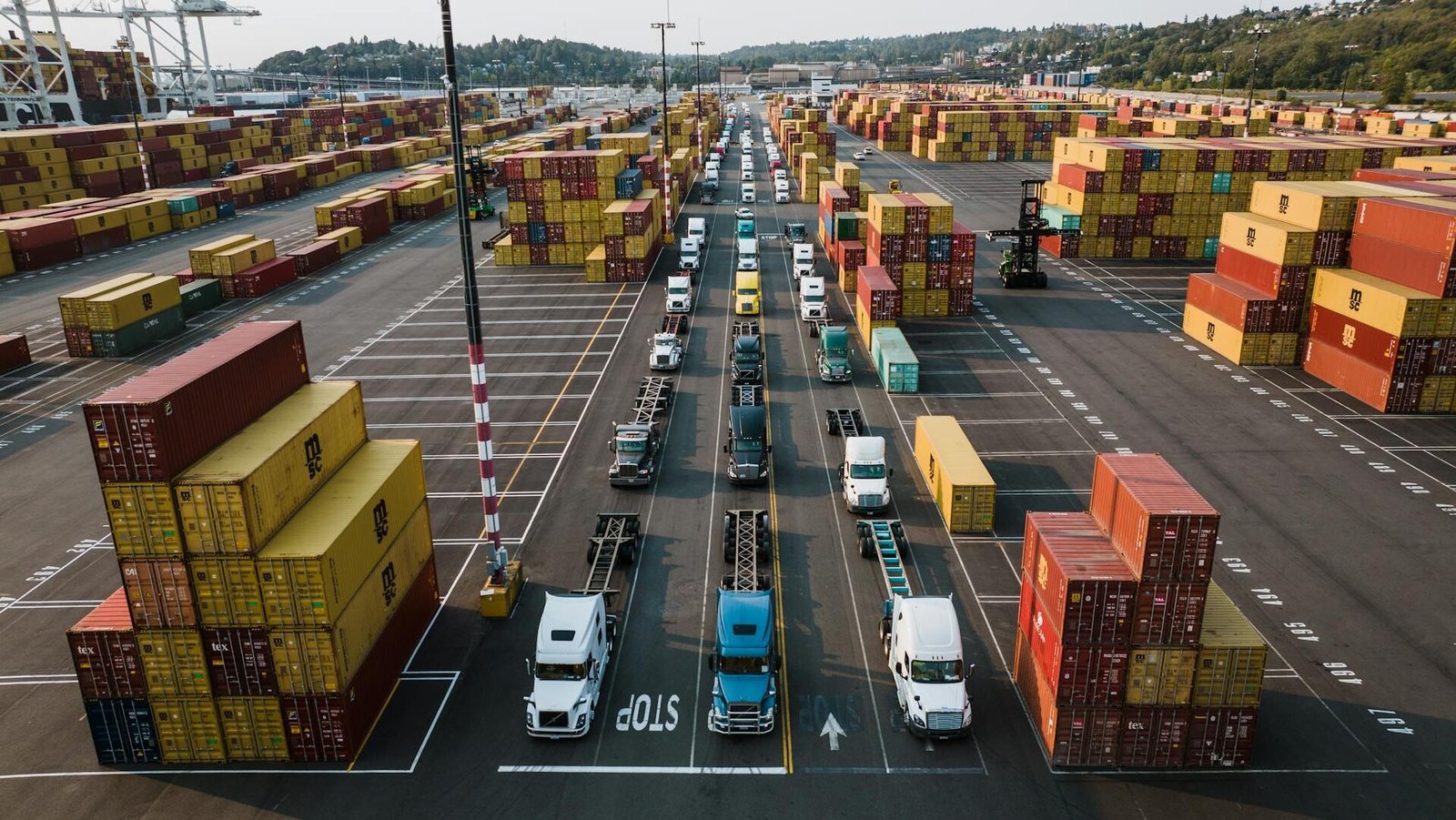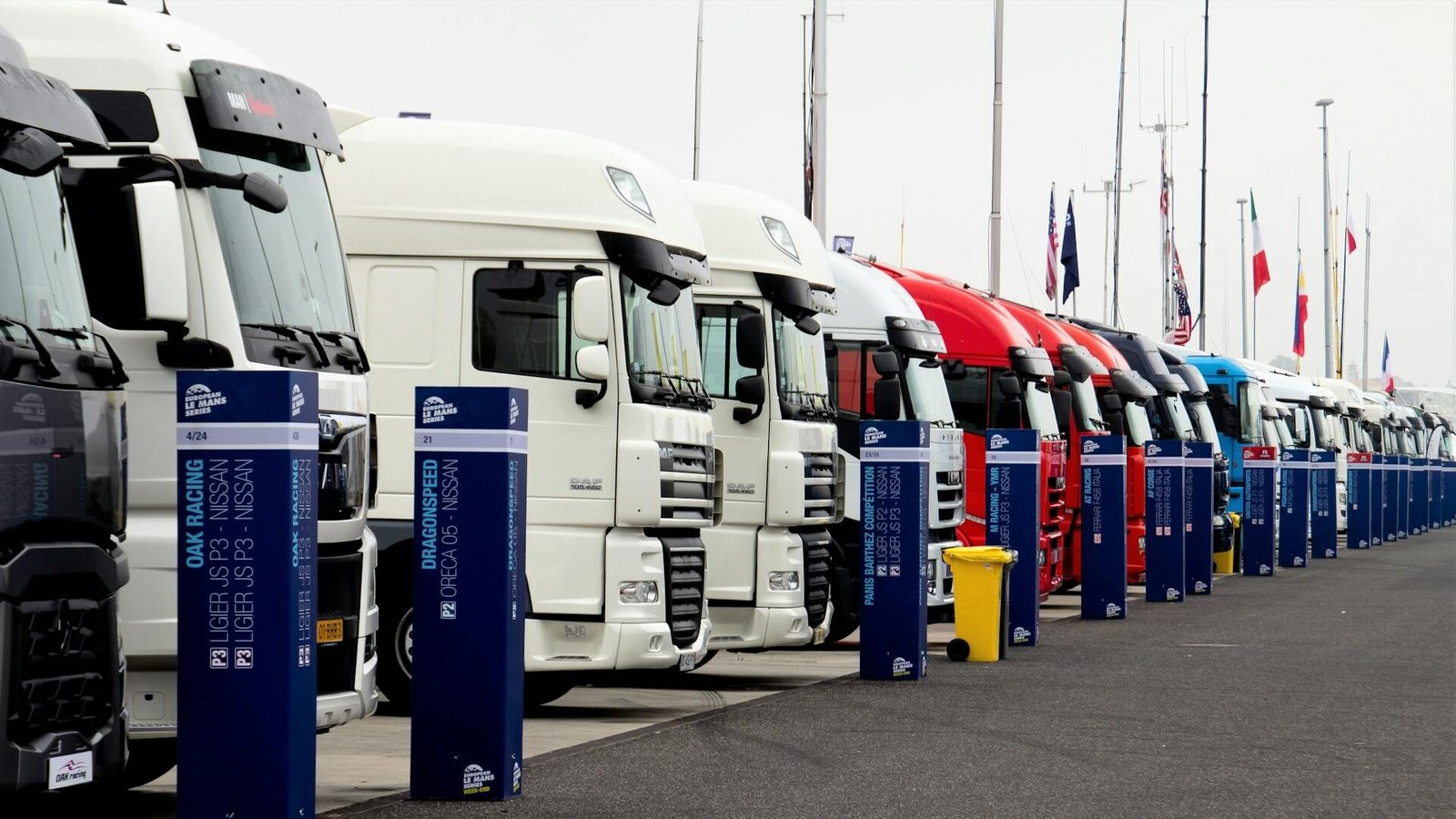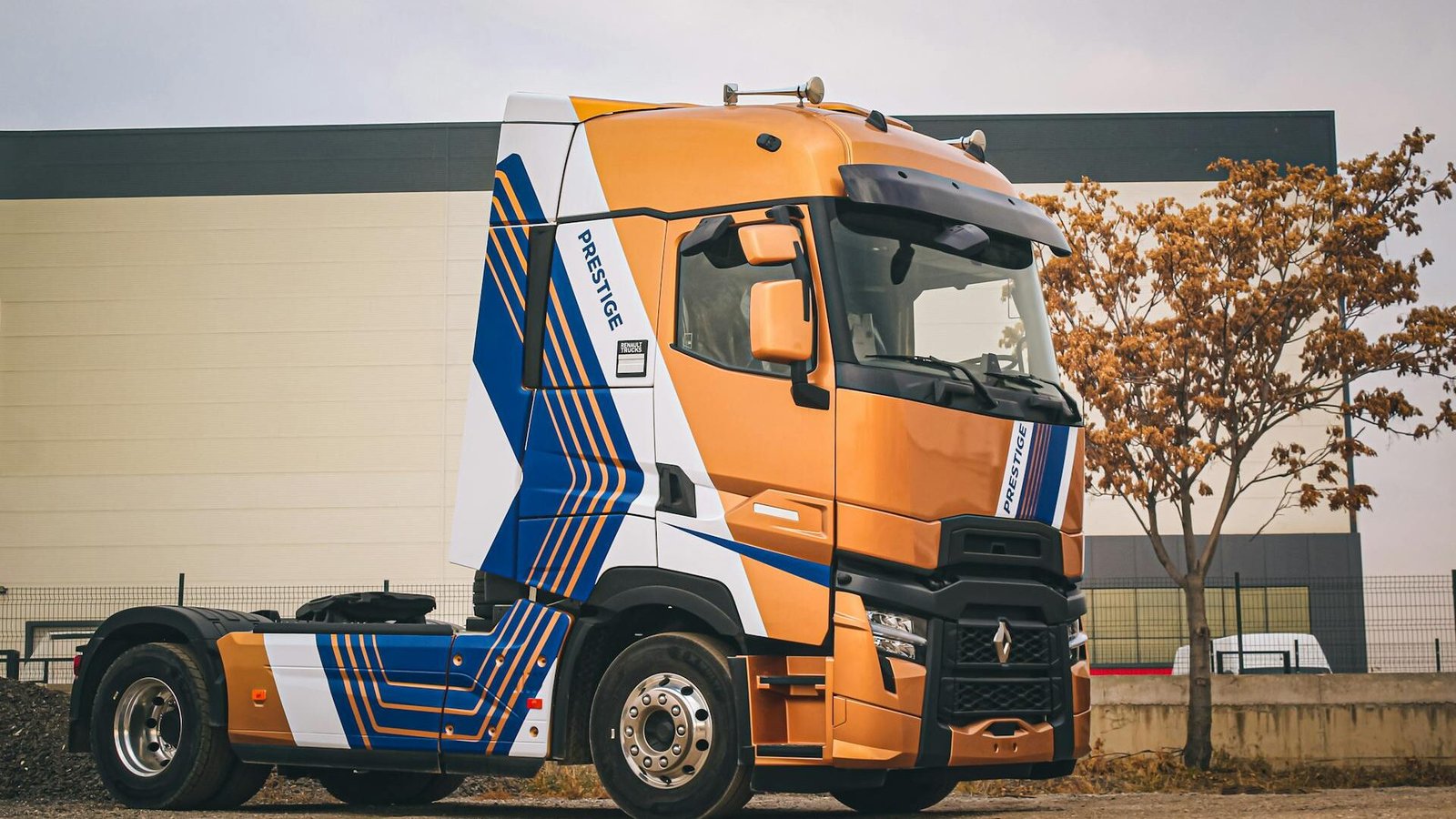
1. The Current Situation of Shippers’ Hesitation
1.1 Introduction of Recent Industry Events
Recently, the European logistics market has been experiencing significant changes. With the gradual recovery of the European economy, trade activities have become increasingly frequent, and the competition in the logistics industry has intensified. To regulate the market and improve logistics efficiency, European countries have introduced a series of new logistics policies. These policies cover multiple aspects such as transportation safety, environmental protection standards, and customs supervision. For example, some countries have raised the emission standards for transport vehicles, forcing some European road freight companies that do not meet the requirements to make rectifications or even face elimination.
At the same time, customs have strengthened the inspection of goods, which undoubtedly increases the uncertainty of cargo transportation. The introduction of these new policies has made shippers more hesitant when choosing between European road freight and European rail freight, as they need to comprehensively consider multiple factors such as transportation cost, timeliness, and compliance.
1.2 Pain Point Case
A certain e – commerce enterprise planned to ship a batch of seasonal goods to Europe. Due to hesitation between European road freight and European rail freight, they failed to determine the transportation method in time. As a result, the goods were accumulate in the warehouse, missing the best sales season. Originally, this batch of goods was expected to generate considerable profits in the European market. However, the delay in choosing the transportation method not only led to difficulties in capital turnover but also caused the loss of a large number of potential customers.
The person – in – charge of the e – commerce enterprise said that they considered factors such as price and speed when choosing the transportation method, but did not expect that the procrastination in decision – making would bring such serious consequences. This case is not an isolated one. Many shippers have been in a similar dilemma, wavering between European road freight and European rail freight, which ultimately affects the economic benefits of their enterprises.

2. Analysis of the Flexibility Differences between European Road Freight and European Rail Freight
2.1 Practical Operational Flexibility
In practical transportation operations, European road freight has obvious advantages. Road freight can flexibly adjust the transportation plan according to the real – time situation of the goods and the urgent needs of customers. For example, if a customer temporarily increases or decreases the quantity of goods, road freight can respond and make arrangements more quickly. Drivers can choose the optimal transportation route according to road conditions and traffic situations, avoiding congestion and ensuring the timely delivery of goods.
In contrast, the plan of European rail freight is relatively fixed and requires a long – term reservation and arrangement in advance. Once the transportation plan is determined, it is difficult to make adjustments in a short time. If the quantity of goods changes, it may be necessary to re – arrange the carriages and transportation time, which will increase the complexity and cost of transportation.
2.2 Flexibility in Responding to Emergencies
When encountering emergencies such as natural disasters and traffic control, the flexibility of European road freight becomes more prominent. Road freight can quickly adjust the transportation route, bypass the affected areas, and ensure the timely delivery of goods. Drivers can make decisions based on real – time situations and choose other feasible roads to continue transportation. However, European rail freight is limited by the railway lines. Once the lines are affected, such as damage to railway bridges or track failures, cargo transportation may come to a standstill. The railway department needs to carry out repairs and emergency repairs, which will result in a longer delay in cargo transportation.
2.3 Common Misconceptions
Many shippers believe that the flexibility of rail freight can also meet most needs, which is an inaccurate view. Although rail freight has a certain degree of stability and regularity to some extent, there is an obvious gap in flexibility compared with European road freight. When choosing a transportation method, shippers should fully consider the flexibility in practical operations and responding to emergencies to avoid making inappropriate choices due to misunderstandings.
3. Insights into the Coverage Differences between European Road Freight and European Rail Freight
3.1 Conventional Transportation Coverage
In terms of conventional transportation coverage, European road freight and European rail freight each have their own characteristics. European road freight can cover more inland cities and remote areas in Europe. Trucks can directly transport goods to the destination without transshipment, reducing the number of times of cargo handling and lowering the risk of cargo damage. In contrast, European rail freight is mainly concentrated in major cities and transportation hubs, and the coverage of some remote areas is relatively limited. If goods need to be transported to remote areas, they may need to be transferred by road, which will increase transportation time and cost.
3.2 Coverage in Emerging Markets
With the continuous development of emerging trade areas in Europe, European road freight performs better in covering emerging markets. Road freight can respond more quickly to market demands, develop new transportation routes, and provide more convenient services for shippers. For example, in some emerging industrial parks and trade centers, European road freight can quickly establish a transportation network to meet the logistics needs of enterprises. In contrast, the expansion of European rail freight in emerging markets is relatively slow and requires more time and resources to build railway lines and supporting facilities.
3.3 Common Misconceptions
Some shippers believe that European rail freight has an absolute advantage in all regions, which is a one – sided view. In some emerging trade areas and inland areas, the coverage and transportation efficiency of European road freight may be more advantageous. When choosing a transportation method, shippers should comprehensively consider the coverage of the two transportation methods according to the destination of the goods and market demands.
4. Exploration of the Stability Differences between European Road Freight and European Rail Freight
4.1 Long – term Stability Assessment
In terms of long – term stability, European rail freight has a relatively high level of stability. Rail freight is less affected by factors such as weather and seasons, and the transportation time is relatively fixed. Railway lines and transportation equipment are relatively stable, and large – scale failures and delays rarely occur. In contrast, European road freight is more affected by factors such as weather and traffic. Under adverse weather conditions such as heavy rain, heavy snow, and heavy fog, the driving speed of trucks will be restricted, and transportation may even be interrupted. Traffic congestion is also an important factor affecting the stability of European road freight, especially in big cities and busy traffic sections.
4.2 Short – term Fluctuation Factors
In the short term, European road freight is more significantly affected by traffic conditions. For example, during peak hours or holidays, the number of vehicles on the road increases, and traffic congestion intensifies, which will lead to an extension of the transportation time of trucks. In addition, traffic accidents, road construction, etc. will also have an impact on road freight. While European rail freight is relatively stable in the short term, it may also be affected by some unexpected factors such as railway signal failures and train delays.
4.3 Common Misconceptions
Some shippers believe that road freight will be as stable as rail freight, which is an incorrect view. Although road freight can provide flexible services in some cases, there is a certain gap in stability compared with rail freight. When choosing a transportation method, shippers should fully consider the stability factor, especially for goods with high timeliness requirements.

5. Wise Selection Strategies for Shippers
5.1 Comprehensive Evaluation Method
When choosing between European road freight and European rail freight, shippers should conduct a comprehensive evaluation from multiple dimensions. First of all, factors such as the nature, weight, and volume of the goods should be considered. For some high – value and time – sensitive goods such as electronic products and fresh food, European road freight may be a better choice; while for large – quantity goods with low requirements for transportation time such as building materials and ores, European rail freight is more suitable.
Secondly, transportation costs should be considered, including freight, insurance fees, loading and unloading fees, etc. Shippers can choose the most cost – effective plan by comparing the prices of different transportation methods. In addition, factors such as transportation timeliness, safety, and environmental protection should also be taken into account.
5.2 Case Reference
The following are some successful cases of choosing transportation methods for shippers’ reference. A certain electronics enterprise needed to ship a batch of electronic products to Europe. Considering the timeliness and value of the products, the enterprise chose European road freight. Road freight delivered the goods to the destination in a short time, ensuring that the products could be launched on the market in time and winning the enterprise a head start in the market.
A certain building materials enterprise needed to ship a batch of building materials to Europe. Due to the large quantity of goods and low requirements for transportation time, the enterprise chose European rail freight. Rail freight has a lower cost and high stability, saving the enterprise a large amount of transportation costs.
5.3 Extended Thinking
How to adjust the choice of transportation method according to market dynamics? Shippers can pay attention to the dynamic changes in the European logistics market and timely understand information such as the prices, transportation times, and service qualities of European road freight and European rail freight. When the market situation changes, such as fluctuations in transportation prices and adjustments in transportation times, shippers can adjust the choice of transportation method according to the actual situation.
In addition, shippers can also establish long – term cooperative relationships with freight forwarders, relying on the professional knowledge and resources of freight forwarders to make more wise transportation decisions.
Has your freight forwarder ever said something like “European road freight and rail freight each have their own advantages, and you should choose according to specific circumstances”? In the international logistics industry, “the customs blacklist is like the credit score in the logistics circle”. Once on the blacklist, transportation business will be greatly affected. It is hoped that shippers can comprehensively consider various factors when choosing between European road freight and European rail freight and make wise decisions. What difficulties have you encountered when choosing a transportation method? Welcome to share your experiences and opinions in the comment section.





